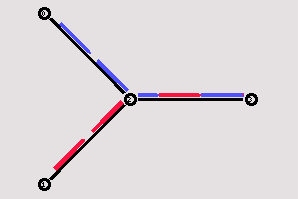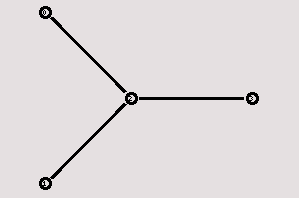CMSACOR02T: Data Structures using C++ Theory: 45 Lectures
Introduction (5 Lectures)
Data Object, Abstract Data Type, Data Structures and Data Types. Types of Data Structures – Linear and
non-linear Data Structures.Single and Multi-dimensional Arrays, Address Calculations, Sparse Matrices (Array
Representation).
Linked Lists (7 Lectures)
Singly, Doubly and Circular Lists (Array and Linked representation); Operations on Lists. Sparse Matrices
(Linked Representation).
Stacks and Queues (9 Lectures)
Implementing single / multiple stack/s in an Array; Prefix, Infix and Postfix expressions, Utility and conversion
of these expressions from one to another; Applications of stack; Limitations of Array representation of stack.
Array and Linked representation of Queue, De-queue, Priority Queues
Recursion (5 lectures)
Developing Recursive Definition of Simple Problems and their implementation; Advantages and Limitations of
Recursion; Understanding what goes behind Recursion (Internal Stack Implementation)
Binary Trees (10 Lectures)
Introduction; Properties, Binary Trees Traversals (Recursive and Non-Recursive), Binary Search Trees
(Insertion, Deletion), Recursive and Iterative Traversals on Binary Search Trees; Threaded Binary Trees
(Concept only); Height-Balanced Trees (Concept only).
Searching,
Sorting and Hashing (9 Lectures)
Linear Search, Binary Search, Comparison of Linear and Binary Search, Selection Sort, Insertion Sort, Bubble
Sort, Comparison of Sorting Techniques. Introduction to Hashing, Resolving collusion by Open Addressing,
Coalesced Hashing, Separate Chaining and simple examples.






